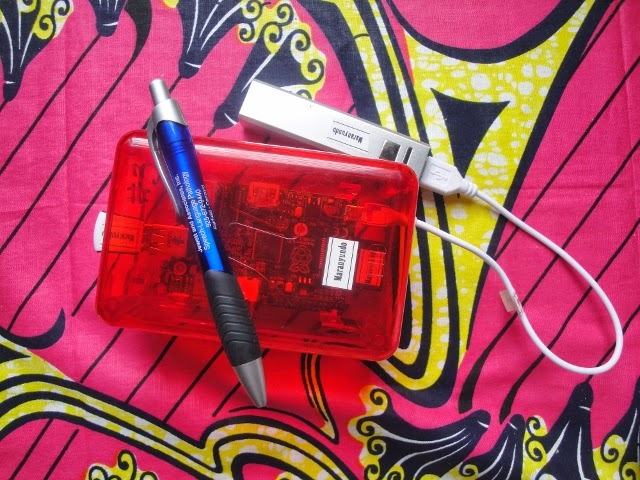This section has been interesting because I had never really
considered the actual definition for open
in Open Educational Resource. If I found
a resource I liked, I would present it in the classroom and possibly share it
with other teachers and completely ignore whether what I was doing fell under
any correct definition. It did not
matter to me so much if it was copyrighted or now. As mentioned, the open web provides an ease
in sharing and using knowledge and it is hard to restrict that only to the
knowledge the original owner wants to share.
For example, I have downloaded the cartoon Caillou off youtube, shown it in class and shared it with other
teachers, all at no profit to me but also without the approval of the producers
of the show. This cartoon is not created
solely for education but it is great for students who have very limited
English. Should it be considered a
learning material? Should I be allowed
to use it for my Sub Saharan African students who would not have access to any
high quality material if it was not free?
But the majority of this section dealt with resources
released under an open license or in the public domain to be used and revised
by others. Very few materials actually
fall under this definition. The course
is suggesting that all education materials should be free and provides many
benefits and gains to prove it is ideal for both the student and the
creator. The majority of them talk about
cost effectiveness and being cheaper. But I’d argue that most universities and
other educational institutions do not want something to be cheaper or cost
effective for them and reduce the costs for learners. They are happy to pass the cost onto the
student and only become concerned with students’ costs when enrollment
drops. Perhaps I sound very jaded, but
that has been my perception at a large public institution.
So I think it will be extremely difficult to convince more
creation of open materials. It is naïve
to think professionals will work hard to create high quality work when there is
little motivation for them to do so and many motivating factors for them to
copyright and sell the material. There
is too much money and reputation at stake for universities, educators and
publishers and not enough sensitivity toward the needs of the students. It will be some time before learning can be
set free.
Considering I’m taking two MOOCs at the same time right now
while also trying to compile a library of OERs for use in Rwanda, this concept
is very dear to my heart and I’m excited to learn more! From here I look forward to learning about
the laws surrounding copyrights and what can be used or not if it is not under
an open license or in the public domain.
I’d also love to learn the most common types of OERs, how they are used
and where they are found.
